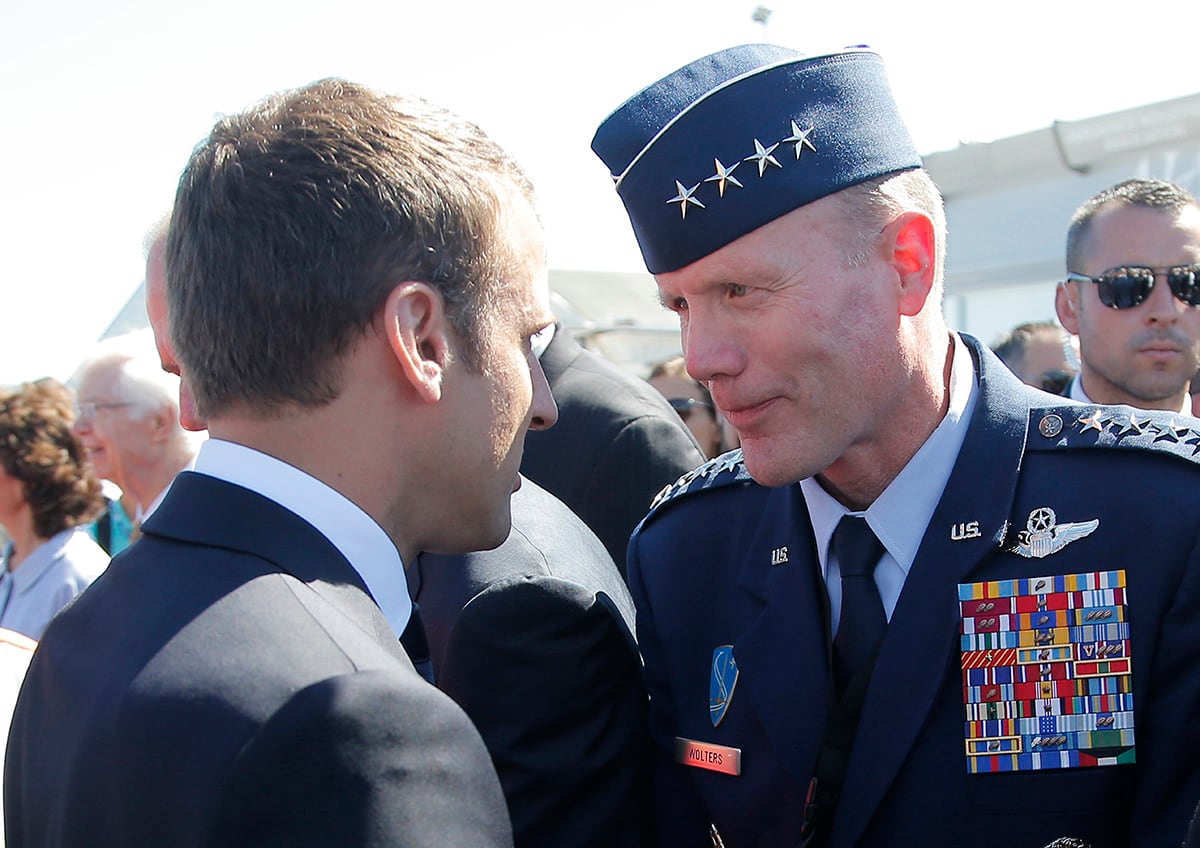BRUSSELS – A new report says European Union member states are not meeting defense-spending commitments in key areas.
The report by the European Defence Agency (EDA) says there has been a “worrying” decrease in both equipment procurement and research-and-technology spending by the 27-strong bloc.
European collaborative defense R&T still remains significantly below 2008 levels, according to the agency’s annual report for the year 2018.
Despite an overall rise in total defense expenditures, spending on fulfilling collective benchmarks has failed to keep pace, it notes. Those benchmarks include defense investment; defense research and technology; European collaborative defense equipment procurement; and European collaborative defence R&T.
Jorge Domecq, EDA’s Brussels-based chief executive, said the findings “paint a mixed picture” in terms of European collaborative defense, a trend he called “worrying.”
Jamie Shea, senior fellow at the Friends of Europe think tank and a former NATO deputy assistant secretary-general, told Defense News, “We found out at the NATO leaders' meeting in London just a few days ago that European defense spending is continuing to rise. This has been confirmed today by the EDA in its report, and the 3-percent overall increase since 2017 will be welcome news on both sides of Brussels – both by those who look to reinforce NATO as well as those who support the goal of European strategic autonomy.
“But what neither side will welcome is the evidence that all this extra money is not being used fast enough to modernize Europe’s forces with new equipment and 21st-century technology. It makes the success of initiatives such as PESCO and the European Defence Fund all the more urgent if Europe is to remain a serious military actor in a more dangerous world.”
RELATED

The year’s report finds that overall defense spending by the member states has almost returned to pre-financial crisis levels, €225 billion in 2007 compared to €223.4 billion in 2018, equal to 1.4 percent of GDP and 3.1 percent of total government expenditure.
Domecq added, “It is extremely positive that defense budgets have almost fully returned to pre-financial crisis levels, with 2018 marking the fifth consecutive year of increased spending. Our report is evidence that member states have put a renewed impetus into defense spending after suffering heavily in the years following the financial crisis.”
The European Defence Agency, an EU arm, said 14 countries spent 20 percent or more of their defense budget on investment in 2018, up from 7 states in 2014, and 21 nations now dedicate more than 10 percent of defense budget on investments.
Curiously, the new report uses only anonymous, shorthand descriptions for each of the member states.
Paul Taylor, a Brussels-based defense analyst, said, “The thing that strikes me looking at the charts is that this is a typically half-hearted exercise in shaming without naming. Member states are numbered, like anonymous samples in a blind tasting, to spare the blushes of the guilty. The second observation is that this is the last year in which the UK will be included. If, as I suspect, the UK is the member state that spends most on R&T and among those that have the highest percentage of investment in equipment, next year’s figures will look really dreadful.”
Martin Banks covered the European Union, NATO and affairs in Belgium for Defense News.








